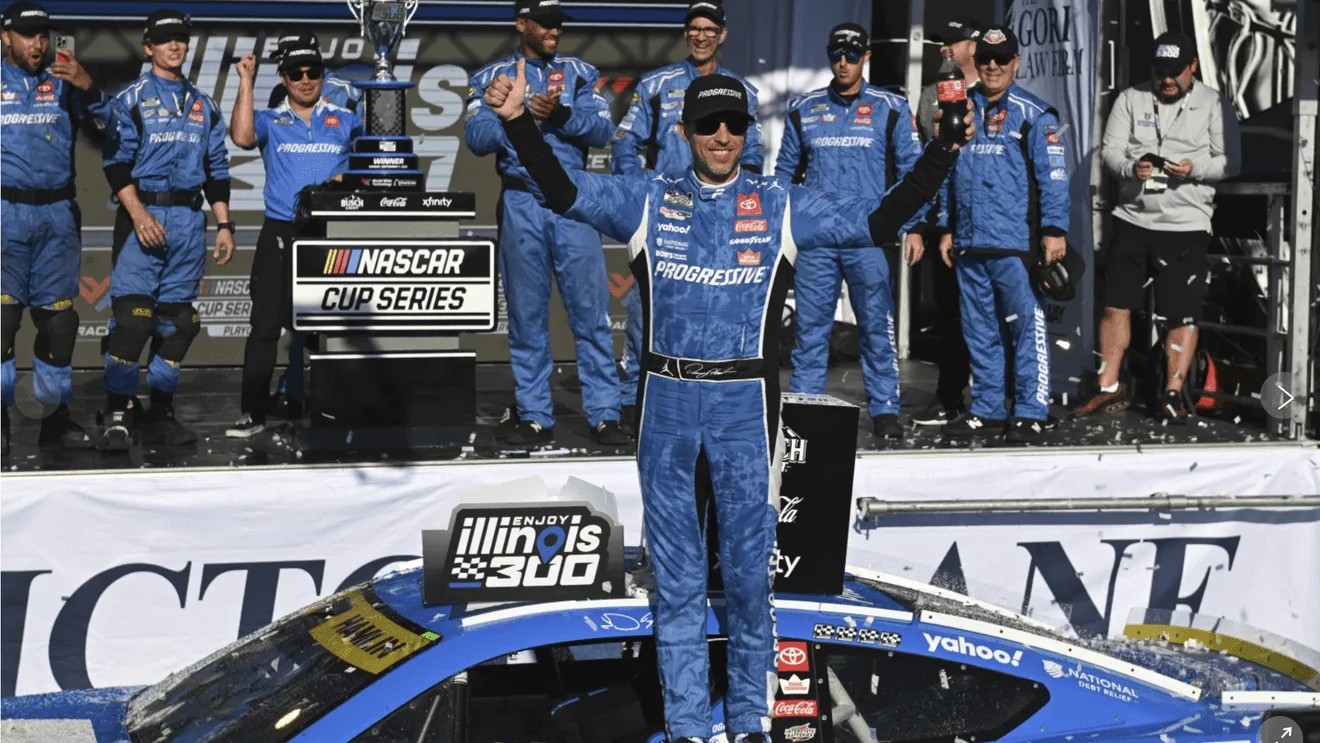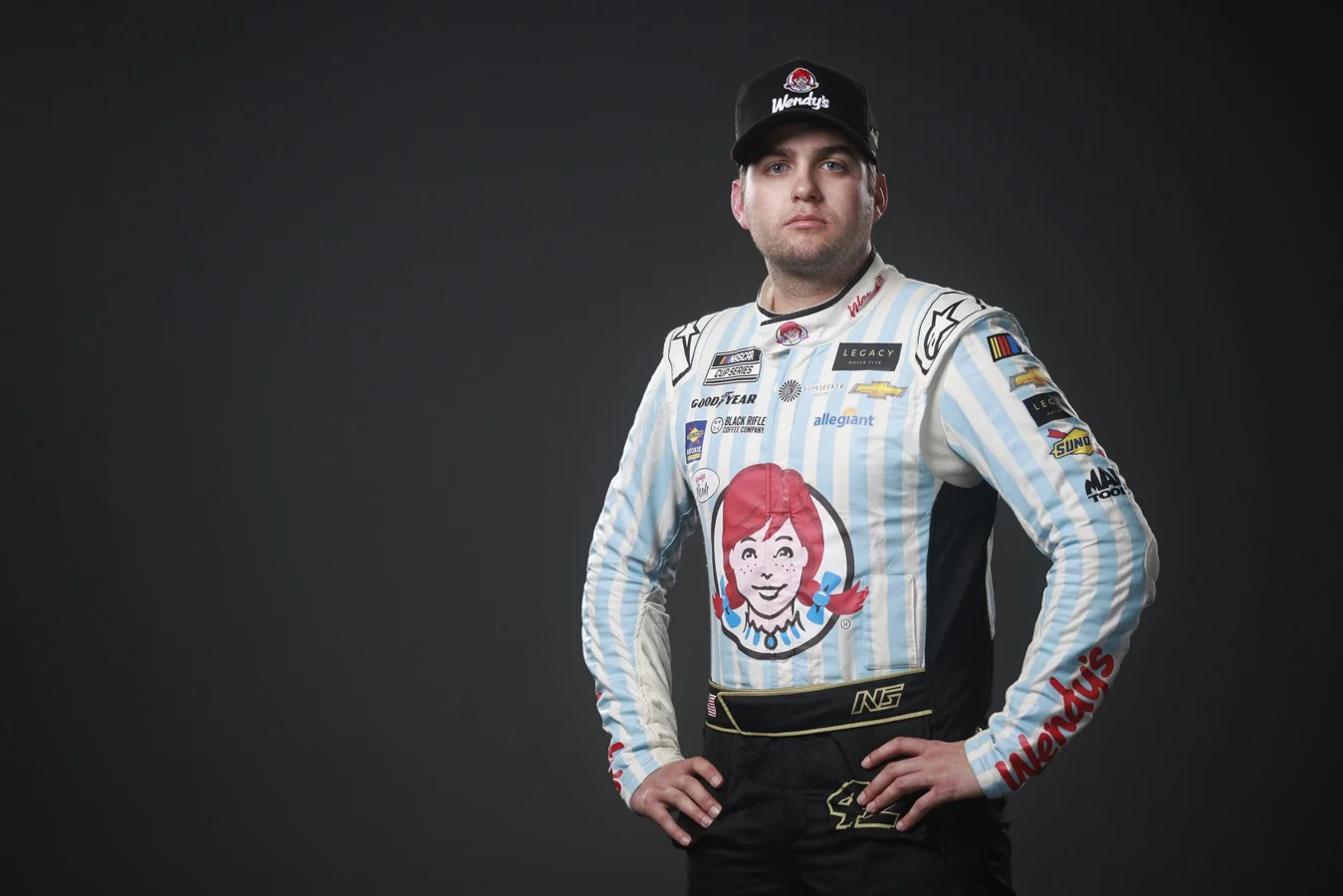NASCAR drivers are known for their adrenaline-fueled performances and resilience, but the NASCAR driver banned activities imposed by the sport are extensive, shaping what competitors can and cannot do both on and off the track. Established by the sanctioning body to ensure safety, maintain integrity, and safeguard the public image of NASCAR, these rules go far beyond the obvious, surprising even devoted racing fans.
Below, we examine seven specific prohibitions affecting drivers—some logical, others more unexpected—that highlight just how strictly regulated their world really is.
1. Fighting on Pit Road
Racing brings intense rivalry and flaring tempers, especially when a crucial crash ruins a team’s efforts. Iconic confrontations, such as the altercation between Jeff Gordon and Brad Keselowski, have become part of NASCAR lore. However, physical altercations on pit road are strictly forbidden today, with the organization quick to crack down on any brawls or shoving matches.
Pit road is already a hazardous zone, filled with moving vehicles, team members, and heavy equipment. Introducing fistfights or physical intimidation endangers not only the combatants but also innocent bystanders. These incidents risk serious injury and undermine NASCAR’s professional reputation, causing concern among officials, sponsors, and audiences alike.
2. Unauthorized Car Modifications
One of the most tightly enforced NASCAR driver banned activities is the alteration of race vehicles outside the exacting boundaries of the rulebook. Every detail, from engine specifications to the car’s aerodynamic profile, must conform to set standards. Attempts to shave weight, secretly modify aerodynamics, or otherwise tinker with the car to gain an edge are punishable by severe penalties, including potential race suspensions.

This restriction is not just about keeping competition fair. Given the enormous speeds that NASCAR vehicles can achieve, even minor unauthorized changes have the potential to cause catastrophic failures or crashes, endangering drivers and their competitors.
3. Skipping Mandatory Media and Sponsor Events
Modern NASCAR drivers function as both athletes and brands. They are expected to interact with media outlets by granting interviews, attending press conferences, and participating in sponsor obligations. Failing to attend these required appearances is considered a violation and can result in fines.
Sponsors are the financial backbone of racing, and fans yearn to connect with their favorite personalities. NASCAR’s rules reflect the vital role of these public engagements in maintaining the sport’s popularity and financial health.
4. Engaging in On-Track Retaliation
While emotional displays like gestures or heated radio messages are tolerated to a degree, NASCAR draws a distinct line when actions become dangerous. Intentional collisions, brake-checking competitors, or blocking traffic out of spite are all forbidden.
The motivation behind this prohibition is safety. With a full field of over 35 cars, any reckless retaliation can snowball into massive pileups, harming multiple drivers and impacting the entire race. NASCAR’s priority remains the wellbeing of all athletes, including stars such as Ross Chastain and the rest of the competitors.
5. Publicly Attacking NASCAR or Its Affiliates
Drivers can express frustration, but overtly criticizing the sanctioning body, its officials, or major sponsors in public forums violates NASCAR’s guidelines. While some criticism may slip by and fuel headlines, sustained or particularly harsh negative remarks often lead to significant fines.
This policy reflects a business reality: sponsors and partners are crucial for the sport’s survival. High-profile public feuds risk damaging relationships and could deter organizations or sponsors who support NASCAR events, leveraging both competition and image as critical components for long-term stability.
6. Betting on NASCAR Events
Even as sports betting becomes increasingly mainstream in America, NASCAR reinforces the importance of fair play and competitive integrity by barring drivers from gambling on any races in which they or their rivals participate. The possibility of a conflict of interest, such as manipulating race outcomes for financial gain, is too great a risk for NASCAR to allow.
This rule aims to assure fans and partners that results reflect true athletic competition, free from external influences or unethical motivations. Drivers, crews, and even key sponsors such as those at Martinsville must remain above suspicion at all times.
7. Use of Wall Riding Tactics
Wall riding, an unorthodox move where drivers scrape the outer track wall at high speeds to gain positions, was famously employed by Ross Chastain at the Martinsville race in 2022. Although fans marveled at the daring spectacle and it made headlines around the world, NASCAR responded by officially banning the practice soon after.
The decision was made due to the significant dangers posed—not just to the driver executing the move, but to rivals, teams, and officials on the track. At top speeds, deliberate contact with walls can lead to crashes with devastating consequences, further highlighting NASCAR’s ongoing commitment to safety.
Looming Impact of Strict Regulations
The extensive list of NASCAR driver banned activities shows that the sport’s governing body works relentlessly to balance fierce competition with safety, public relations, and ethical practices. As incidents like the wall ride at Martinsville prove, NASCAR continues to adapt its rules with new developments and evolving risks. Drivers must constantly navigate a rigid set of expectations, and any violation can have swift, far-reaching consequences for their careers and for the integrity of the sport overall.
